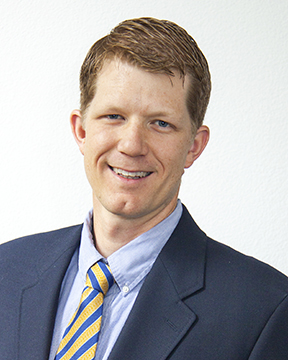Physical Therapy
A page within Physical Therapy
Earn your Doctor of Physical Therapy (DPT) degree at UW-La Crosse!
Program distinction
DOCTOR OF PHYSICAL THERAPY DEGREE
34 month program
EXEMPLARY PASS RATE
Recent Two-Year Average: 100% (Class of 2022 & 2023)
SMALL CLASS SIZES
Low student-faculty ratios for personalized feedback & relationships
HANDS-ON LEARNING
Throughout curriculum in coursework, labs, fieldwork, and clinic experiences
HEALTH SCIENCE CONSORTIUM
Inter-professional collaboration & research with health programs from local universities
Graduate preparation and employment
NATIONALLY ACCREDITED PROGRAM
The Doctor of Physical Therapy Program at the University of Wisconsin-La Crosse is accredited by the Commission on Accreditation in Physical Therapy Education (CAPTE). Review our program profile for more information!
IMPRESSIVE EMPLOYMENT OUTLOOK
According to the U.S. Bureau of Labor Statistics, employment of Physical Therapists is expected to grow 15% from 2022-2032, considerably faster than the national average for all occupations. To learn more about the current employment outlook please visit – Bureau of Labor Statistics
What is a physical therapist?
When individuals are recovering from injury or disease, the physical therapist evaluates and directs the recovery process to relieve pain, make them stronger, and help them to regain use of an affected limb. Physical therapists also teach patients and their families what to do so that healing continues through self-care at home.
Physical therapy attempts to meet an individual's health goals, whether a patient's goal is walking without assistance or running a marathon. A physical therapist is an integral part of the health care team that makes these goals a reality.
Watch the video below to see how our UWL PT students make a difference in their patients' lives.
Contact our program
PROGRAM INQUIRIES & APPLICATION QUESTIONS
- Application Review Specialist
- Health Science Center
- pamann@uwlax.edu
MEET OUR GRADUATE PROGRAM DIRECTOR
- Professor
- Health Science Center
- pgrabowski@uwlax.edu
Specialty areas:
Motor behavior, Orthopedics





![UWL College of Business Administration faculty and Mayo Clinic Health System leaders merged academic insight with industry expertise to help shape a better healthcare experience for all. [Pictured left to right: Uzay Damali and Tanner Holst, '01]](/contentassets/d2492d337f8a4841b98d59100cb0f8ab/2025-uwl-cba-mayo-article-collaboration-92.jpg/Medium)



